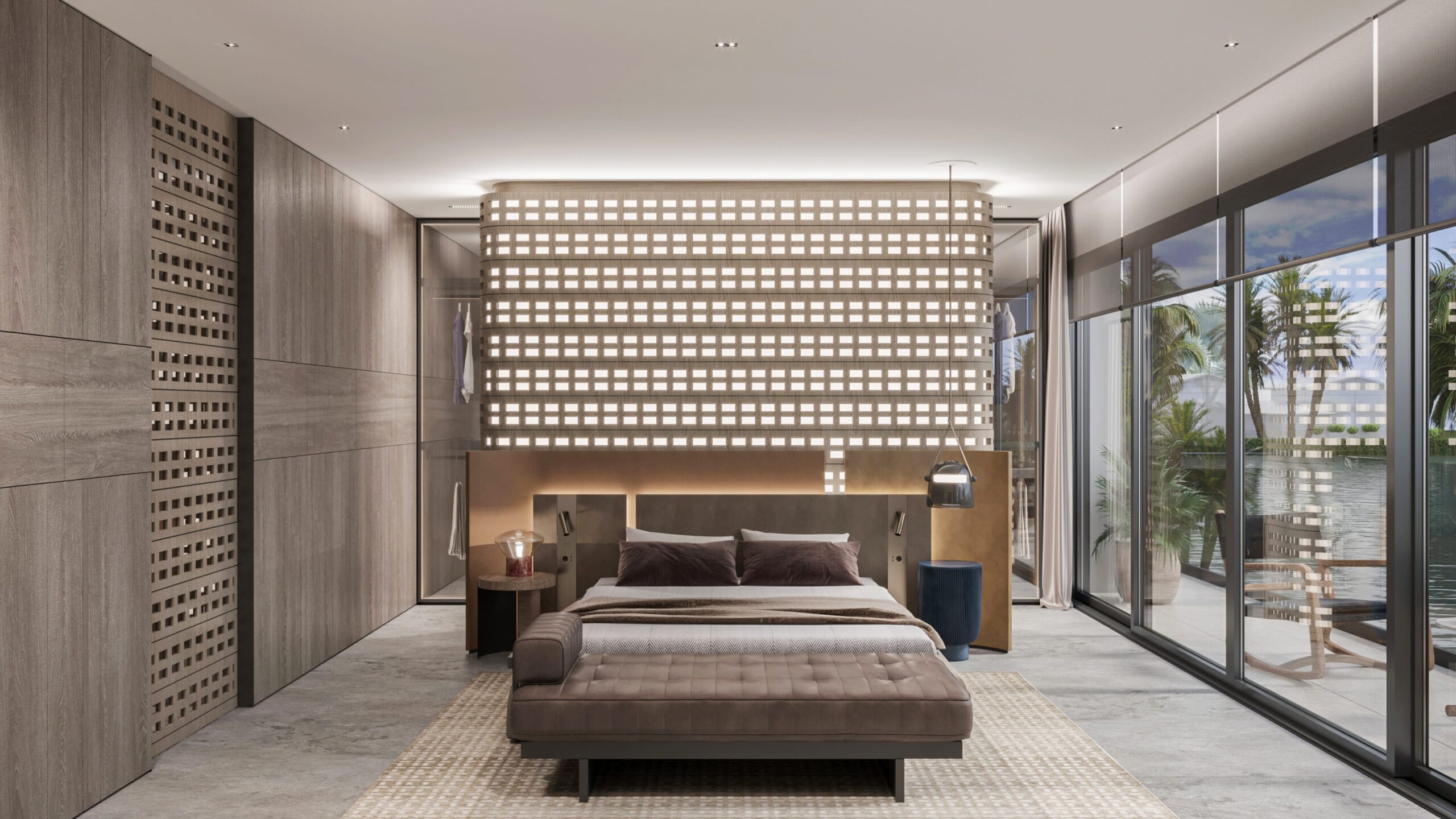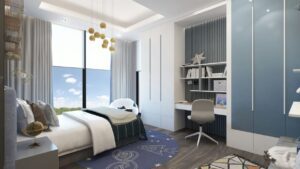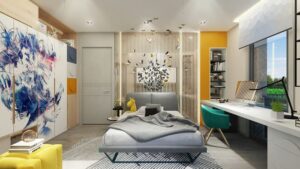TEAM Project » Design Style & Fundamentals » How Interior Design Affects Your Mood

How Interior Design Affects Your Mood
The spaces we inhabit are more than just physical environments; they are psychological landscapes that influence our mood, behavior, and overall mental health. Interior design, when approached with an understanding of human psychology, has the power to transform these spaces into nurturing sanctuaries that uplift and inspire us. This deeper dive explores the nuanced ways in which design elements like color, lighting, spatial arrangement, personalization, and nature integration can profoundly affect our emotional well-being.
The Influence of Color on Emotion
Color psychology is a field that studies how hues affect human behavior and mood. The strategic use of color in interior design can evoke a wide range of emotions:
- Blues and Greens: Known for their calming effect, these colors are ideal for creating serene spaces conducive to relaxation and concentration. They mimic the natural elements of water and foliage, promoting a sense of tranquility and renewal. Sage green is also a trending color.
- Reds and Oranges: These warm colors can stimulate energy, appetite, and social interaction, making them perfect for dining areas and living rooms. However, their intensity may not be suitable for spaces meant for relaxation.
- Yellows: Bright and cheerful, yellow can invigorate a space and uplift the mood. It's excellent for kitchens and bathrooms, where it can create a sunny and welcoming atmosphere.
- Neutrals (Whites, Grays, Beiges): These colors provide a backdrop of simplicity and elegance, offering a sense of peace and spaciousness. They allow for flexibility in decor, enabling personal items and artwork to stand out.
Lighting's Impact on Well-being
Lighting plays a crucial role in shaping our mood and circadian rhythms:
- Natural Light: Exposure to natural light boosts vitamin D levels, improves sleep, and enhances mood. Design strategies that maximize natural light, such as large windows and skylights, can make spaces feel more open and connected to the outdoor environment.
- Artificial Lighting: The temperature and intensity of artificial light can also influence mood. Warm, soft lighting creates a cozy, intimate atmosphere, while cool, bright light is energizing and can improve focus and productivity.
Spatial Arrangements for Emotional Comfort
The layout and organization of a space can significantly affect how we feel and interact within it:
- Open Plans: Encourage social interaction and a sense of freedom but may lack privacy and quiet areas for concentration.
- Zoned Spaces: Through the use of screens, shelving, or furniture arrangements, designers can create "zones" for different activities, offering a balance between openness and privacy.
- Furniture and Decor: Comfortable, ergonomically designed furniture and personalized decor can make a space feel more inviting and reflective of individual identity.
Personalization and Identity
A space that reflects personal tastes, experiences, and memories can significantly enhance emotional well-being:
- Memorabilia and Artwork: Displaying personal items and art can turn a house into a home, imbuing spaces with individuality and warmth.
- DIY Projects: Engaging in DIY decor projects allows individuals to infuse their spaces with personal creativity and achievement, further enhancing the emotional connection to the space.
Nature and Biophilic Design
Incorporating natural elements into interior design can reduce stress and improve mental health:
- Indoor Plants: Besides purifying the air, plants add a vibrant touch of nature to indoor spaces, reducing stress and promoting a sense of well-being.
- Natural Materials: Wood, stone, and other natural materials can bring warmth and texture into a space, fostering a connection to the natural world.
- Views of Nature: Where possible, designing spaces with views of the outdoors can provide a psychological boost, reminding us of the beauty and vastness of the natural environment.
Conclusion
Understanding the psychology of space is essential for creating environments that not only meet our physical needs but also support and enhance our mental and emotional well-being. Through thoughtful application of color, lighting, layout, personalization, and natural elements, interior design can become a powerful tool for improving mood, productivity, and overall quality of life. As we continue to explore and understand the complex relationship between space and psychology, the potential for transformative design that truly resonates with human emotion and behavior is limitless. Contact us to learn more about how Team Project can make your dream home a reality!





